Ghosts as pub punters and living on the same street Romans marched down - the village of Aldborough has a story to tell
As you arrive in Aldborough today, you are greeted with a historic church that dates back to 1330, a traditional country village pub and quaint cottages with red pantile rooves that in the Autumn sunshine burn brightly.
Common green areas pull the village together and each year local folk and visitors from far and wide stop daily life to take in the local show that showcases its heritage and tradition.
Advertisement
Hide AdAdvertisement
Hide AdWhile that is impressive enough in itself, a modestly signed English Heritage sign pointing to a visitor attraction tells another story of such significance it has been the subject of studies by the University of Cambridge for the last six years.
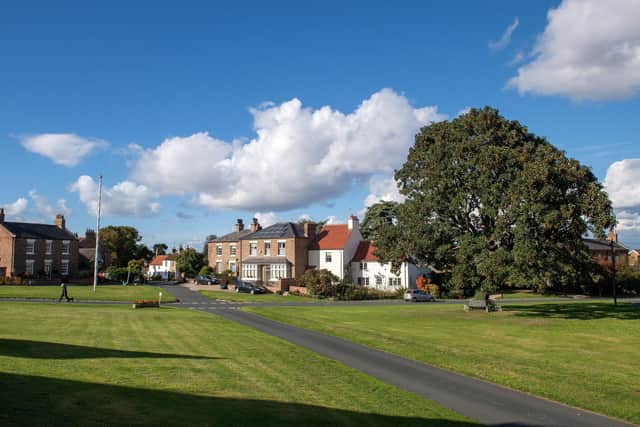

The Roman invasion of Britain began around AD 43, but advances into the northern regions of the country would not be until AD70 and it has been acknowledged that a settlement at Aldborough during this time was largely due to its key strategic position.
Aldborough was once the prosperous Roman town of Isurium Brigantum and became the civilian ‘capital’ of an extensive region of north Britain from about AD 120 to about AD 400. Strategically founded on the Roman road network and the highest navigable point on the river Ure, the town was a vital point of communication, administration and trade.
Excavations that have been undertaken by experts have revealed finds that paint more of a picture about the people who inhabited the area that would become Aldborough many, many years later.
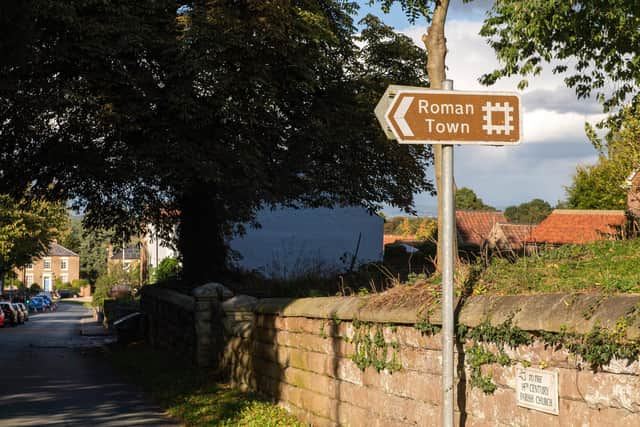

Advertisement
Hide AdAdvertisement
Hide AdEnglish Heritage manages a museum that exhibits some of the finds with examples of artefacts which suggest the town was fortified with a stone wall in the late second century, indicating its important status.
It says the settlement eventually sprawled well beyond its walls, and was an indicator of economic success while mosaics discovered in town houses are evidence of the splendour of these buildings and indicate the existence of a wealthy elite.
Various objects discovered at Aldborough – including ceramics, fragments of glass and pottery, brooches, jewellery and material associated with the Roman army – paint the picture of a prosperous and well established society with military associations.
A guide to St Andrew’s Church brings the history of Aldborough a little closer.
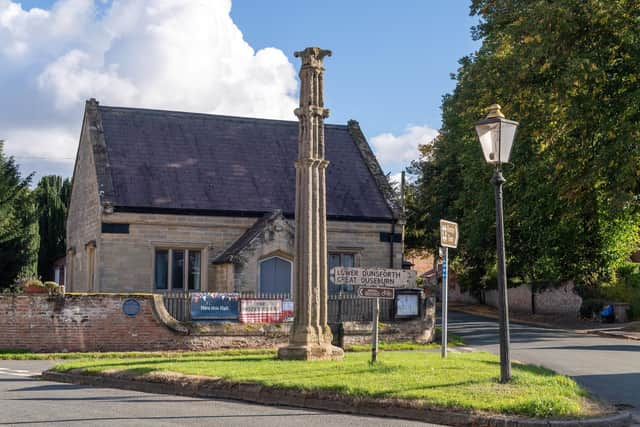

Advertisement
Hide AdAdvertisement
Hide AdThe church standing today is likely to be the third that has been on that site and making it possible that people have worshipped at the site for more than 2,000 years with the assumption coming as a statue of Mercury (the god of travellers, traders, conmen and thieves) was found nearby and now lives in St Andrew’s.
The document adds that following the departure of the Romans from 410 AD, the history of Aldborough is difficult to make out for some time. However, The Manor of Aldborough was an ancient demesne within the Honor of Knaresborough, and since 1372 under the jurisdiction of the Duchy of Lancaster.
Aldborough was enfranchised in 1557 under Queen Mary and another curious snippet, unthinkable now, is that there were nine qualified voters to two MPs.
From the early 19th century, Aldborough was in the control of the Duke of Newcastle before the estate was bought by Andrew Lawson and is still in the hands of his successors.
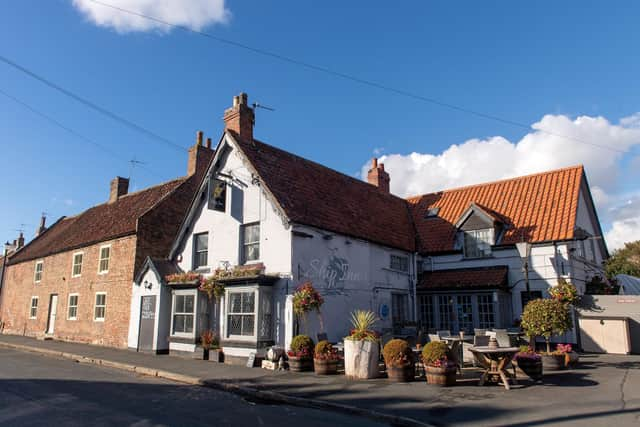

Advertisement
Hide AdAdvertisement
Hide AdThere are other Roman sites of such interest around the country, around 16 according to resident Christopher Butterworth.
Mr Butterworth has lived in Aldborough for 45 years and worked as a solicitor in Harrogate until he retired and as well as being on the council at St Andrew’s Church, he is part of the Friends of Roman Aldborough group and gives more insight as to why this small village is capturing the interest of historians and academics.
He said: “The majority of other sites are underneath cities like Leicester and Cirencester. In Aldborough all you have to do is dig a small hole and there are huge amounts of Roman stuff – it amazing.
"It (the history) is so close Romans marched up and down outside our house”.
Advertisement
Hide AdAdvertisement
Hide AdHowever, the modern day village has changed he says and developments are bringing it closer to Boroughbridge which is a stone’s throw away.
The Aldborough and Boroughbridge Show celebrated its 107th show this summer in what is one of the community calendar highlights of the season.
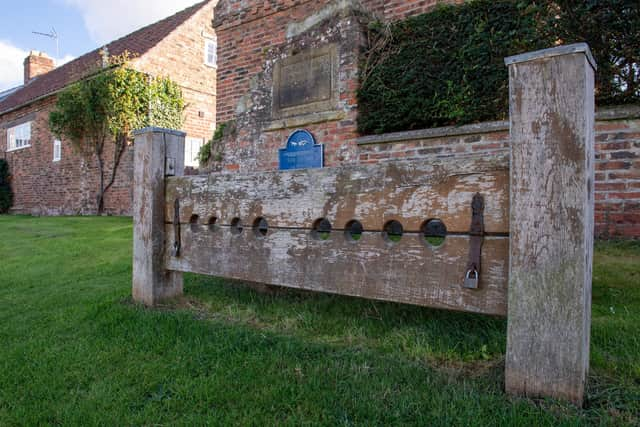

Mr Butterworth said: “We have been here a while. I don’t really know what brought us here but the answer is I came from a farming family who farmed at Copgrove and I always liked living in the country.
"I had been brought up in Harrogate and wanted to live in the country or a village. Aldborough is not a totally rural village, although when we came there were several farms, but nonetheless it is a quiet village. It is a pretty village and nice to live in.
Advertisement
Hide AdAdvertisement
Hide Ad"All we have now is a pub, we lost the village shop many years ago but the church and the village hall in their own way are the hub of the village and a lot of events take place.
"The hall is used all the time and the church is used often. We had a big ceremony to celebrate the life of The Queen.”
The Ship Inn is the afore-mentioned pub and with carvings in the bar and beams as wide as the road its has some history too and some stories to tell.
Apparently landlord and landlady, Brian Rey and Elaine Howden, have between them served a million pub meals and pulled three million pints in their time in the trade.
Advertisement
Hide AdAdvertisement
Hide AdThat equates to a lot of punters, some more famous than others, but it is also said among those guests were three ghosts for whom they have had to have a Requiem Mass done to let them rest in peace.
With a history like Aldborough’s maybe that Roman narrative isn’t done quite just yet.

